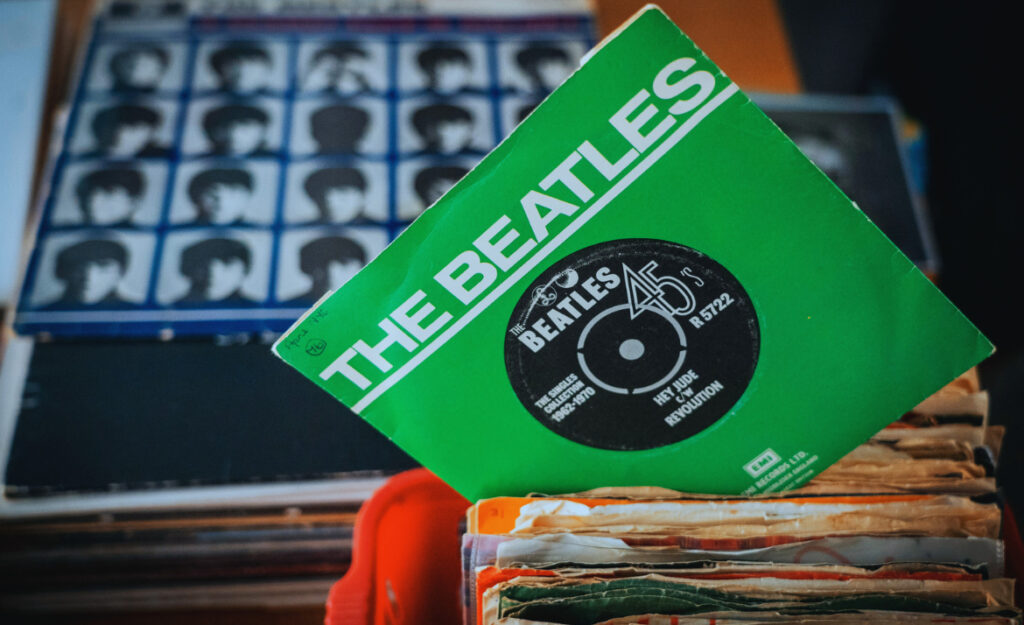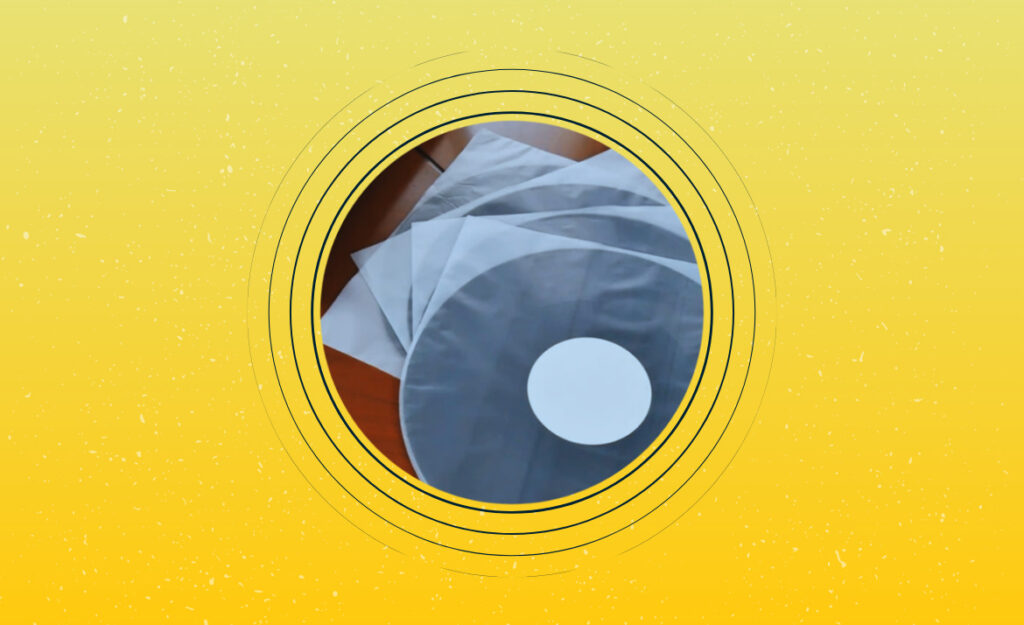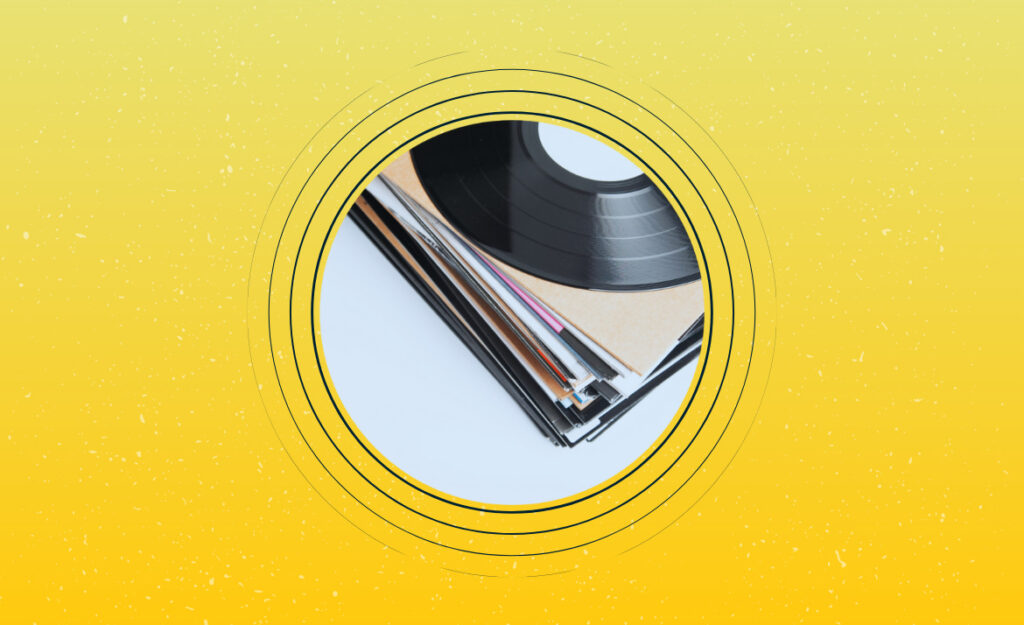
Every collector glances at their vinyl covers and feels a pinch when a once-glossy jacket shows wear. Careful album jacket preservation ensures that unique art and first impressions last as long as the record’s sound. No one wants to see their favorite LPs dulled or wrecked by careless storage or routine mishaps.
This topic matters for every vinyl enthusiast who finds joy in both sound and design. While records are made to play, jackets set the stage for the whole experience. With proper album jacket preservation, you keep not only value and aesthetics but also snap a snapshot of the era each cover represents.
Read on to discover practical steps, actionable checklists, and simple routines to shield your collection from dust, scuffs, or time. This guide will help you make album jacket preservation second nature for every rare groove and beloved cover you own.
Setting Up Your Collection for Immediate Protection
Establishing a basic routine today helps prevent costly damage to your records and jackets. The best album jacket preservation always starts with quick wins in your daily handling and home setup.
Each collector can make protection part of the listening ritual. Slide new arrivals into clean spaces, not the kitchen table. Keep snacks or drinks away from your setup; accidental stains become permanent reminders. With a few simple habits, you’ll notice cleaner edges and sharper colors within weeks.
Storing Albums Upright Like Books
Placing records upright supports jacket corners and stops warping. Align them like books in a sturdy row and choose a flat, even shelf. Avoid uneven piles—pressure points quickly dent spines, and slumped rows trump the best care elsewhere. Even one overcrowded section can bend artwork, so space them just right for album jacket preservation.
Use bookends or purpose-built dividers. If a jacket feels snug, don’t wedge it; rotate the order or shelf. For a visible cue, check weekly that jackets aren’t tilting or sagging, adjusting the shelf as needed. This mini-inspection ensures optimal conditions for both covers and vinyl.
Avoid stacking: never pile albums flat. Each layer adds weight that deforms covers. Treat album jackets as you would a collectible magazine—each edge and surface needs breathing room. Keep reference photos on your phone as reminders of a tidy collection layout.
Selecting the Right Outer Sleeves
Outer sleeves offer an effective first line of defense. Choose 3-mil, resealable polyethylene or polypropylene sleeves. Thicker, rigid protectors keep out contact scratches and block dust. Slide each jacket in gently, edge-first, without forcing corners; a snug fit, not a tight squeeze, is the aim for album jacket preservation.
Resealable flaps prevent dust and moisture from sneaking in from above. For collectors in humid or dusty areas, look for sleeves with built-in anti-static or UV-blocking features. Always replace cloudy or torn sleeves, as they signal an urgent need for attention to all covers in storage.
Outer sleeves should never grip the jacket so tightly that art gets pressed or ink rubs off. If swapping brands, test fit on a cheaper LP first. The right sleeve gives enough play for easy retrieval but sits reliably straight, sheltering every visible surface.
| Sleeve Type | Material | Pros | Actionable Use |
|---|---|---|---|
| Polyethylene | 3-mil plastic | Affordable, widely available | Slide over most jackets, change yearly |
| Polypropylene | Transparent, rigid | Crisp look, extra protection | Use for display or high-value LPs |
| Mylar/Archivally Safe | Anti-static, premium | Slows aging, museum-grade | Archive or rare records |
| Paper & Plastic Combo | Paper inside, plastic out | Reduces scratches, easy slide | For vintage jackets |
| Rigid Top-Loaders | Stiff plastic | Prevents bending, resists bumps | Transport or display sessions |
Environmental Controls That Double Lifespan
Managing room conditions pays off with covers that still pop after years have passed. Neglecting climate invites mildew, odor, and faded artwork—each easily preventable with focused album jacket preservation steps.
Set a goal for a cool, dry, and stable environment before stowing LPs. Track temperature and humidity at least monthly; include a hygrometer near your racks. Rotate jackets occasionally so none face the same external edge too long, exposing art to light or weather gradients unevenly over time.
Humidity and Its Invisible Threats
Keep humidity in the 40-50 percent range. Anything above and you’ll notice wrinkling or slick spots, sometimes paired with a musty odor. Below, paper jackets become brittle and crackled—especially in older pressings. Run a small dehumidifier or silica packets in closets or cabinets for consistency in album jacket preservation.
- Monitor: Place hygrometers near storage and check readings monthly. Reliable readings ensure you can react to seasonal swings before they impact covers.
- Air Circulation: Space racks away from walls to let air flow, which dries unexpected vapor and prevents microclimates from forming against jackets.
- Desiccants: For closed cabinets, swap out silica or clay desiccant packs every six months. They’re a no-fuss, cheap addition to your routine that pays long-term dividends.
- Seal Gaps: Insulate windows and cracks near shelves, especially if your room faces outdoor temperature extremes. Proper sealing blocks both damp air and dust.
- Seasonal Adjustments: During rainy months, increase checks. If a jacket ever feels damp, air it out before slipping it back with others for proactive album jacket preservation.
Applying these fixes avoids sudden art fading or warping that throws off the entire look of a shelf or stack.
Preventing Sun Damage to Jacket Art
Direct sunlight bleaches ink and plastic sleeves. Choose a shaded or curtained location for your racks, using blackout liners if required. Rotate outer-facing jackets every couple of months, particularly prized or visually bold covers.
- Locate: Select a corner or area away from natural light beams or window glare. This basic step does more good than any high-end protective sleeve alone.
- Cover Displays: If displaying a favorite cover on a wall, use UV-filtered frames or rotate them every season to share exposure.
- Check Glass: If jackets are ever stored in glass-fronted cases, ensure the glass itself is UV-blocking and not cheap acrylic that can magnetize static and dust inside.
- Shelf Orientation: Position shelves so the vinyl rows run perpendicular to sun-facing windows, not alongside them. This reduces broadside UV exposure to album jacket preservation.
- Time Management: If sunlight shifts with the seasons, adjust blinds and rotation schedules alongside your listening sessions.
Attentive positioning keeps every cover sharp and true to its original print run, delighting both present and future listeners.
Gentle Cleaning Techniques for Dust-Free Jackets
Make cleaning part of your listening habit so covers never develop stubborn grime or sticky residue. Supplies like soft cloths, compressed air, and gentle brushes deliver results without risking scuffs or tears.
Finish every listening session by checking for new spots or dust flecks on the jackets you handled. The routine keeps your collection pleasant to touch, show, and trade, whatever its size.
Dry Dusting With Microfiber Cloths
Pick a lint-free, soft microfiber cloth—never terrycloth or kitchen rags. Swipe gently from spine to edge and always use a clean section of cloth for each album. In album jacket preservation, never spray water directly; for stubborn specks, barely dampen a corner of the cloth and dab, not rub.
Use short, feather-light motions. Heavy pressure can raise glossy layer edges, especially on older jackets. Fold the cloth in quarters, rotating to a clean section after each jacket. Avoid any cloths previously used for furniture polish; residue could transfer to album surfaces, attracting more grime in future plays.
Store cloths in a resealable bag near your racks; quick access makes a dust check feel like part of the ritual, not a special task you’ll want to skip.
Safe Solutions for Sticky Stains
If you notice a fingerprint, sticker residue, or unknown blotch, act quickly. Mix a mild solution of distilled water with a drop of gentle dish soap. Dip a cotton swab or edge of a microfiber cloth, wring nearly dry, and test on a back corner first.
For sticker residue, a drop of mineral oil on a cloth, left for a minute and then wiped away, can help. Never use abrasive pads, rubbing alcohol, or strong solvents; they instantly dull ink and textures, setting damage that can’t be undone. If you’re unsure, consult a local record store for local tips—they’ve seen it all before and may suggest an exact product.
Don’t oversaturate any spot. Album jackets are absorbent and water, even in traces, can warp or wrinkle cardboard if you’re not careful. Finish by air-drying jackets upright in an empty rack for twenty minutes before returning to sleeves, ensuring zero trapped moisture.
Smart Handling to Avoid Unseen Wear
Control and consistency in how you handle every record pays dividends in jacket quality. Routine handling mistakes, like pressing thumbs into the artwork or tearing open sleeves, age your collection fast—even if you rarely play each LP.
Use two hands every time you pull or replace a record. Grip both top and bottom edges of the jacket, not the spine or cover. Slow, controlled movement is key to strong album jacket preservation throughout each listen.
Removing Records Without Tearing Edges
Pretend you’re removing a letter from an envelope—support the entire length, avoiding pinching one corner. Pause if you feel resistance instead of tugging harder. If sleeves or liners snag, use a thin, non-static plastic divider slipped gently into the gap, then slide the record up and out.
If a jacket is tight, work the record gently in and out a few times (while protected by its inner sleeve) to widen the opening the minimum amount. Take extra care with vintage jackets, which split more easily along seams. You’ll avoid crescent-shaped tears or sudden splits along glued spines.
Never stack jackets or leave them half out on a turntable lid. Album jacket preservation is as much about timing as it is about supplies: always finish the retrieval or return in one step, not while distracted by other tasks.
Transport and Lending Best Practices
If sharing your collection or transporting LPs, pack jackets upright in a fitted box with dividers and padding on each end. Ask a friend to use the same methods—”always use two hands; notify me of any snags or tight jackets.”
Use painter’s tape to seal boxes for short travels—never duct tape, which leaves residue. If mailing, double-box and mark fragile. Place a card with “Handle as Collectible: Do not bend, do not stack flat” instructions for drivers and friends alike. Never loan out prized LPs without reviewing handling rules together, and quickly inspect every return before reshelving. This direct routine avoids tension later and helps extend jacket lifespans by years.
Transporting a full crate or box? Avoid heavy lifting alone—get help or move smaller batches, keeping boxes close to your body, never swinging or bumping them. Always unpack promptly and check covers before relaxing; immediate inspection is best for album jacket preservation.
Building a Long-Term Maintenance Calendar
A simple calendar system ensures your collection stays as vibrant on day 1,000 as it was on day one. Schedule monthly dust checks and environmental readings alongside quarterly deep-clean sessions and annual sleeve replacements.
Add calendar reminders for every major maintenance task. For example, set a quarterly alert on your phone: “Review all jackets for wear, replace sleeves, recheck humidity.” This rhythm makes album jacket preservation an easy routine rather than a daunting chore.
Maintenance Calendar Example
Week one each month: gentle dusting, feel along spines for wear, spot-check humidity gauge. Quarterly: pull every record, deep clean as needed, inspect for sun damage or pests. Annually, swap all sleeves whether they look dirty or not—stale plastic can stick and dull artwork.
Pair maintenance with new LP arrivals for a moment of celebration: “Time to clean! Let’s spin this one next.” Linking routine with enjoyment ensures preservation steps never get skipped, while letting you rediscover older gems as you review jackets each cycle.
Keep a physical checklist tucked inside a drawer or journal. Mark off tasks as they’re done—tangible progress builds motivation for ongoing album jacket preservation, which will become second nature over time.



